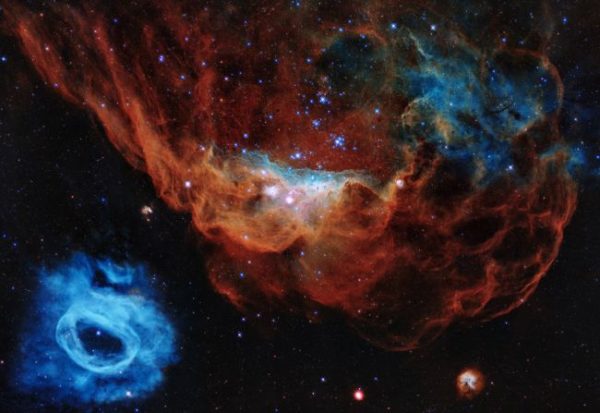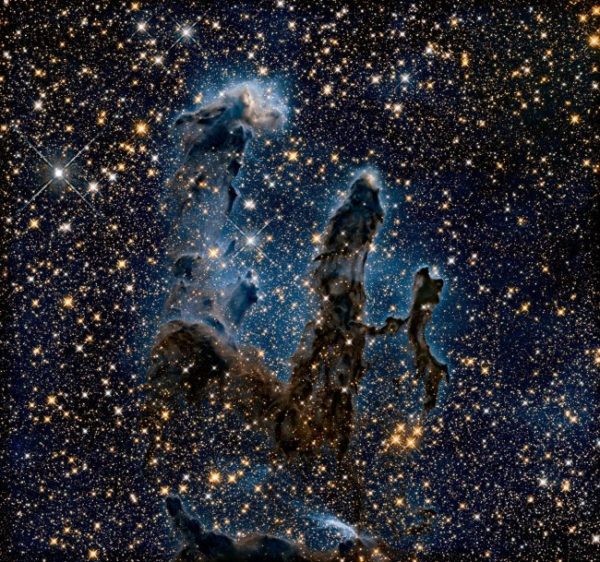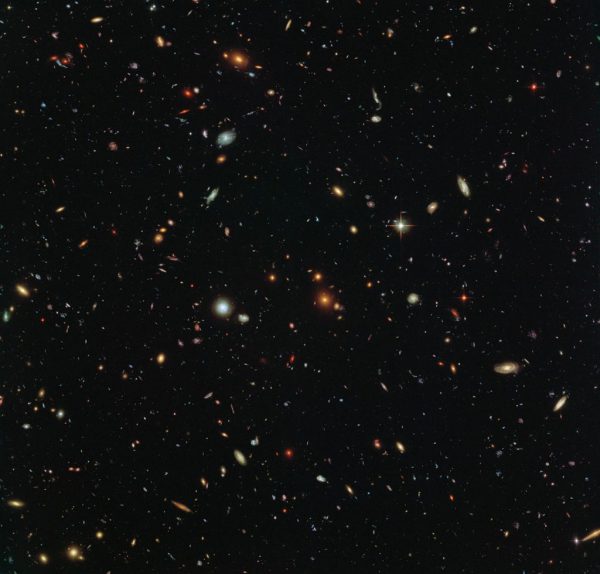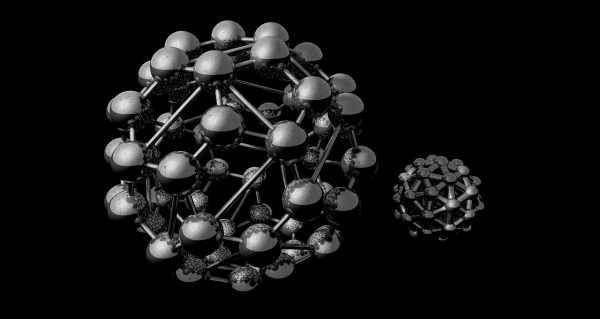SPACE: Check Out This Newly-Discovered “Cosmic Reef”
Young stars blaze to life in a nearby galaxy, repainting their cosmic neighborhood with fiery blooms of gas and radiation. This new Hubble Space Telescope image captures just another day in the life of two young nebulas (one red, one blue) in the Large Magellanic Cloud, a satellite galaxy of the Milky Way located about 163,000 light-years away. But for scientists and space enthusiasts on Earth, the image also marks a special anniversary. Thirty years ago today (April 24), the Hubble launched from NASA’s Kennedy Space Center in Florida to begin its long mission of peering into the deepest reaches … Read more






